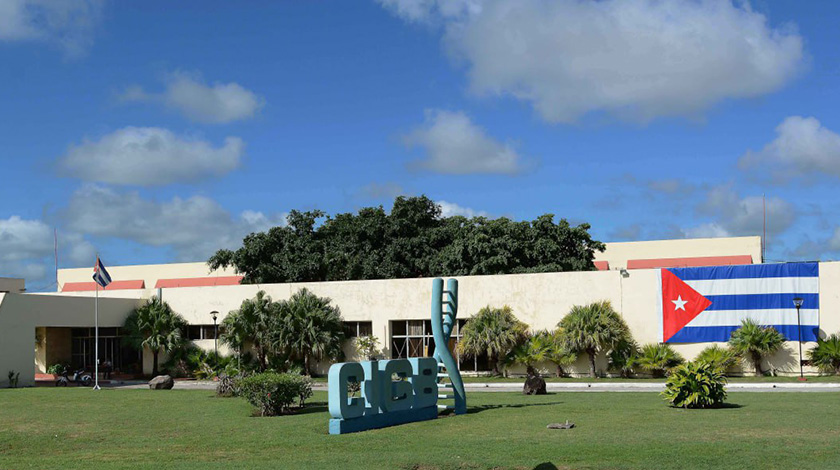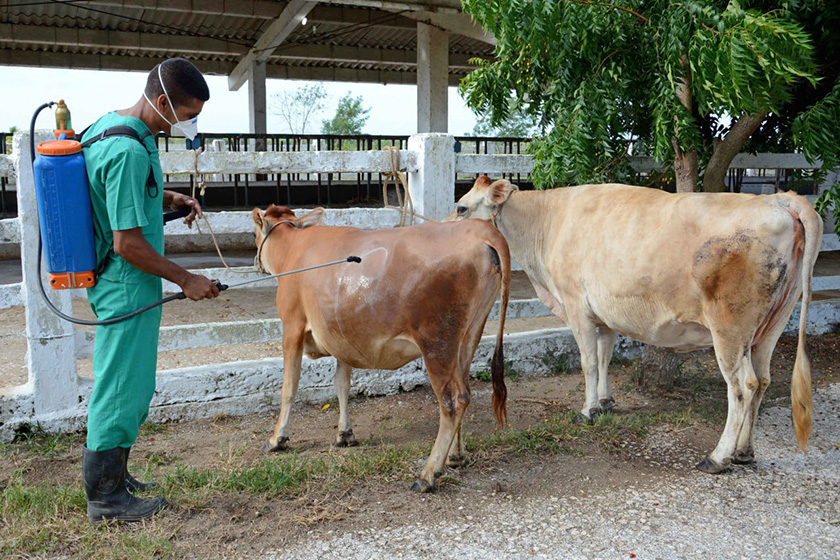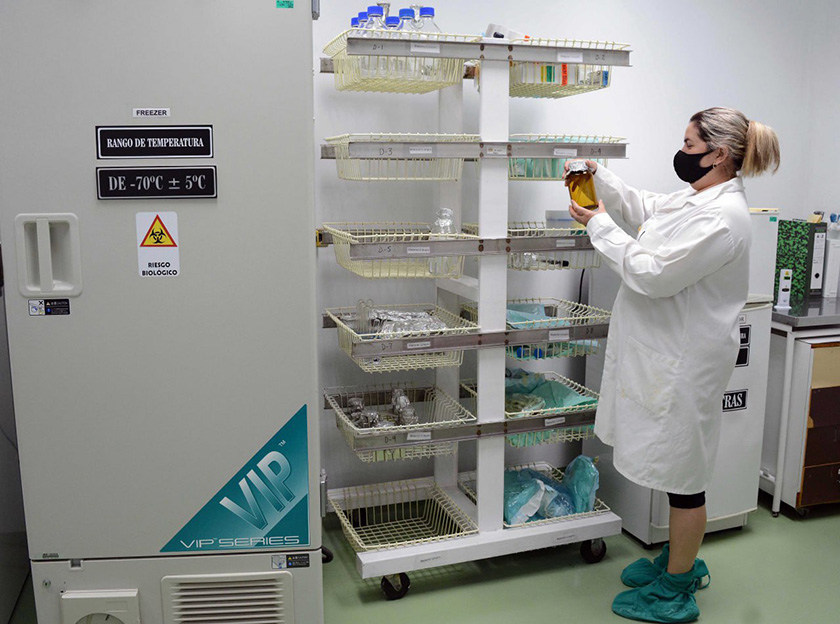
Camagüey, Jul 26.- As an opportunity to do good and be useful to others, which is a source of constant inspiration, the Senior Researcher Ana Cristina Campal Espinosa defined the work at the Genetic Engineering and Biotechnology Center of Camagüey (CIGB), which this July 25 celebrated its 34th anniversary of creation.
Wherever there is a research center, its activity must be focused on providing products and services that respond to the most pressing issues, and among them is the country's need to produce food efficiently to get out of the current economic situation, she assured the Cuban News Agency.
Campal Espinosa has accumulated 37 years at the CIGB, since she began when the entity did not yet exist in the territory of Camagüey, she studied Chemistry-Physics in Russia and then delved into Biology and other sciences that converge in the field of Biotechnology, a lifetime hard work and many hours dedicated to research.
Today she works as head of the project for therapies treatment of prostate cancer promoted by the Biomedical Research group, through clinical trials with a therapeutic vaccine candidate in order to define its usefulness in conventional treatment niches for the disease. and offer an alternative to people who suffer from it.
For his part, the young Ernesto Álvarez Zaldívar, a graduate in Chemistry from the Central University of Las Villas, confessed that he always dreamed of working at the CIGB, and since his graduation last January he was placed in the Research and Development area.
This time has contributed a lot to him, since upon his arrival he was assigned the "P0" project, where they venture into a new trial that could become a high-spectrum vaccine that attacks various types of ticks, he added.
Proud to be part of the group, he praised the preparation of the staff who support him and try to lead him on the right path, while trying to improve himself from a technological and scientific point of view, something that is well organized in the institution.
Founded by Commander in Chief Fidel Castro Ruz, on July 25, 1989, the CIGB of Camagüey continues the production and commercialization of the Porvac and Gavac vaccines, intended for the control of classical swine fever and cattle ticks, respectively, and the Hebernem bionematicide, used in the agricultural activity of protected crops.
Biotechnology, like other branches of Cuban society, does not escape the effects of the ironfisted economic, commercial and financial blockade of the United States government, but given the limitations of resources and supplies, they put knowledge and innovative work first, demonstrated after fulfilling its production commitments at the end of the first half of the year and exporting the Porvac vaccine for the first time to Vietnam.
These deliveries, valued at about 30 million pesos, have made it possible to maintain the control programs for the aforementioned diseases.
Facing the second semester, they aspire to complete the production plan of more than 1.7 million doses of GAVAC, 1.5 million of PORVAC, and three thousand units of Hebernem, for which they have the required raw materials, explained Nemecio González Fernández, director of the CIGB in Camagüey.
One of the fundamental projects currently looking for new bioproducts to control pests in plants, stimulate growth, and increase their defense, their resistance to different types of stress.
In this area, he remarked, they have a project approved by the National Science and Technology Program financed by the Ministry of Science, Technology and Environment, which evolves and will bring with it the registration of products in the next two years, and he exemplified with which would complement the use of the leading bioproduct, Hebernem.
The CIGB in Camagüey brings together 122 workers, of them, 75 professionals, four with the category of doctors and 24 masters in sciences, and without a doubt it reaffirms itself as a school of scientists and researchers in favor of human and animal health. (Text and photos: ACN)

